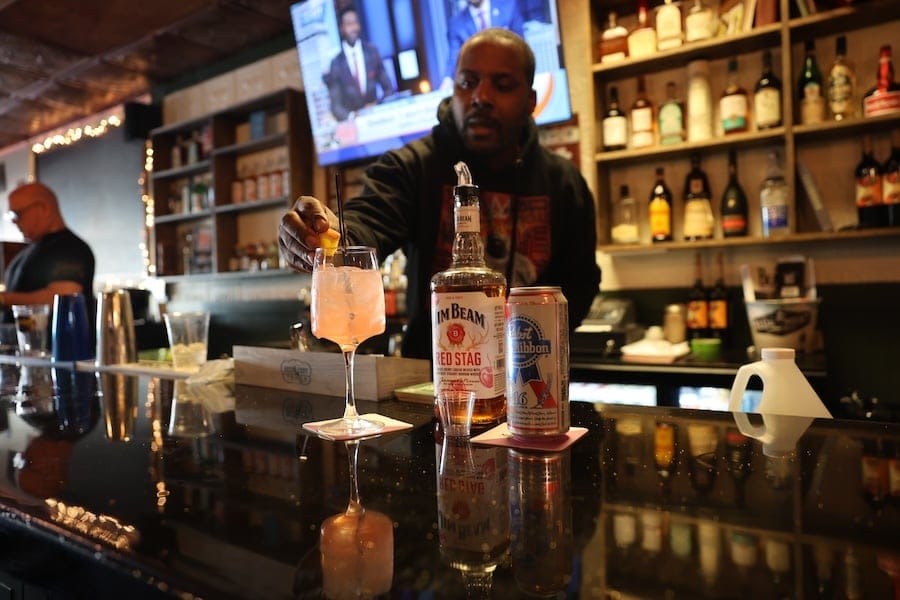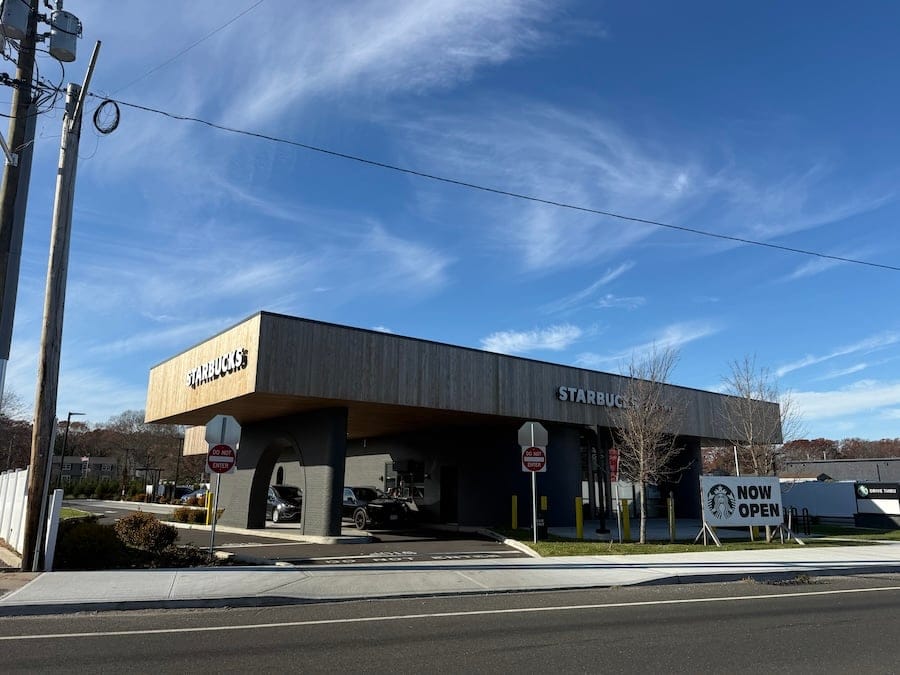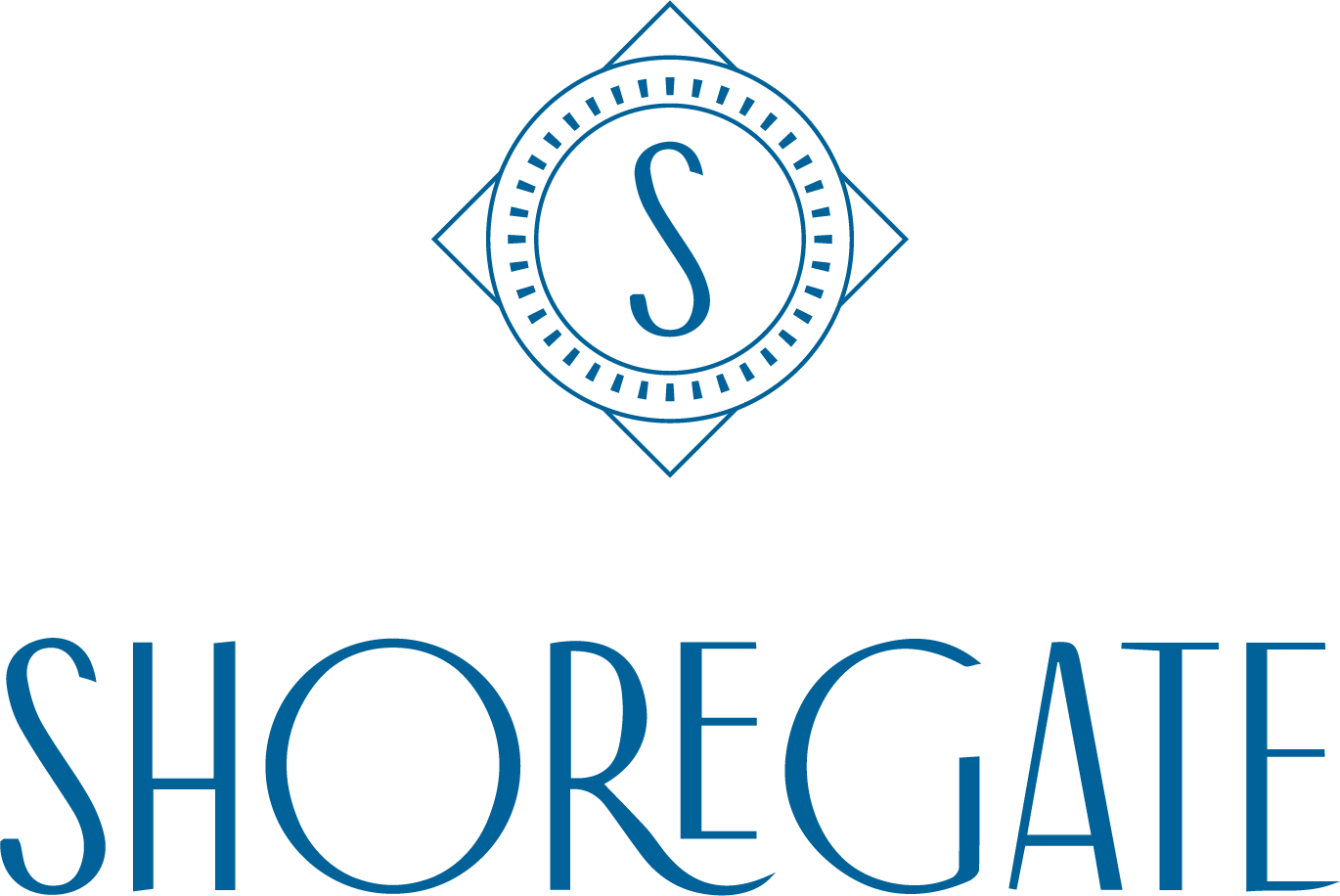 by Christopher Verga |
by Christopher Verga |
During the 18th and 19th centuries, day-to-day life for most women on Long Island was limited to upkeep of the house and taking care of the children while the husbands worked or otherwise conducted business.
This socially enforced a culture that locked women into a domestic role considered inferior to men. Women at the time were certainly not viewed to be qualified for editing mainstream publications or seeking political office.

Two Long Islanders who stand out for challenging those gender roles were Mary Louise Booth and Ida Sammis.
Mary Louise Booth was born and raised in rural Yaphank. Her father, an educator, inspired her love for writing. While exploring her passion of the humanities, Booth translated 47 books in seven languages and published History of the City of New York.
Her influence and nonfiction works got her elected as a Secretary of the Women’s Rights Convention. Booth’s rise to fame did not go unnoticed, and in 1867 she became the founding editor and author of America’s first fashion magazine: Harper’s Bazaar.
Her influence as an editor inspired a generation of Suffragettes across New York.
Ida Sammis, a one-time resident of Babylon, grew up in the influential shadow of Booth’s renowned work in popular culture. Influenced by the professional self-sufficiency of women like Booth, Sammis organized a women’s suffragette club within Suffolk County.
Sammis used the political party machines to help her cause by creating a Suffragette club based around the Republican party. This tactic made allies out of local officials by expanding their potential voter base along party lines.
With increased political pressure from her group and other women rights groups, New York State granted women the right to vote on Nov. 6, 1917.
With the new freedom granted only at a state level, Sammis tested the new legislation and became a candidate for New York State Assembly. She won the Assembly seat by a landslide to became one of the first women elected to the state’s Assembly or Senate.
Her victory within New York came two years before the 19th Amendment that federally guaranteed women the right to vote.
This month, on July 16, the Yaphank Historical Society celebrated the 150th anniversary of Booth’s first Harper’s Bazar issue, with the posting of a New York State historical designation marker in front of her childhood home.
The marker is funded through the William G. Pomeroy Foundation.
This recognition comes after over a century and a half of fighting for equal wages and political representation, which some historians have forgot or disregarded as a little more than a foot note in our heritage.
WHERE ARE WE NOW?
Today, there are 150 state Assembly members, and 44 of them are female.
This is progress 100 years after women in the state were granted the right to vote, but the disparities are put more in focus when looking at New York’s population statistics.
The state’s population is 51.6 percent female, which is not reflected in its Assembly representation. In the Suffolk County Legislature, there is a total of 18 members, which include six women. Yet Suffolk County’s female population is 50.8 percent.
Representation in the Legislature and Assembly is closer to 30 percent.

LEARN MORE
View Colonial Long Islander Mary Cooper’s Diary
References:
The Brooklyn Daily Eagle June 17, 1918; The Brooklyn Daily Eagle November 6, 1918; New York Tribune November 7, 1918; South Shore Signal January 17, 1919; Married Women’s Property Laws; Women Win the Right to Vote in New York State



























